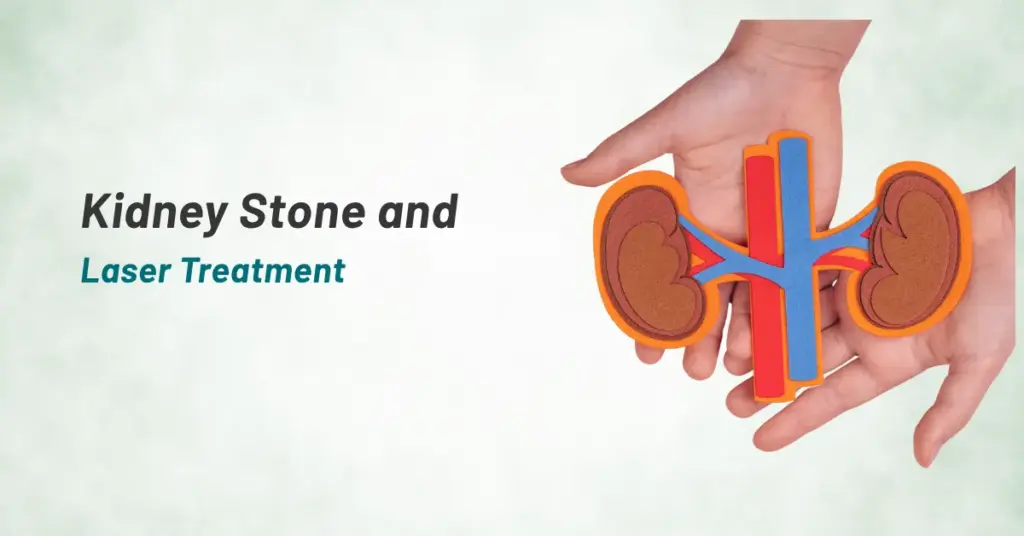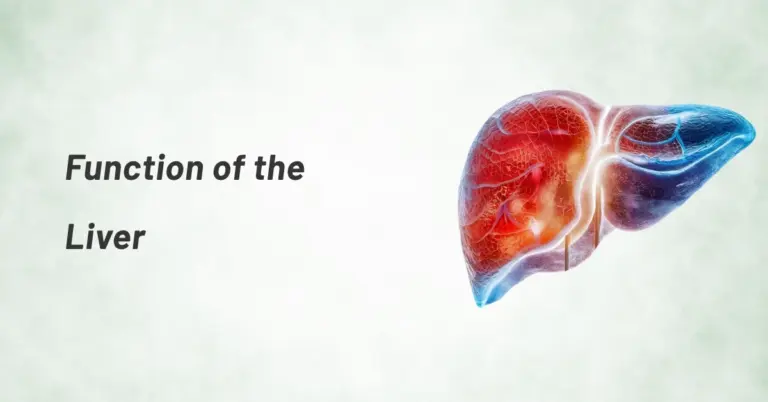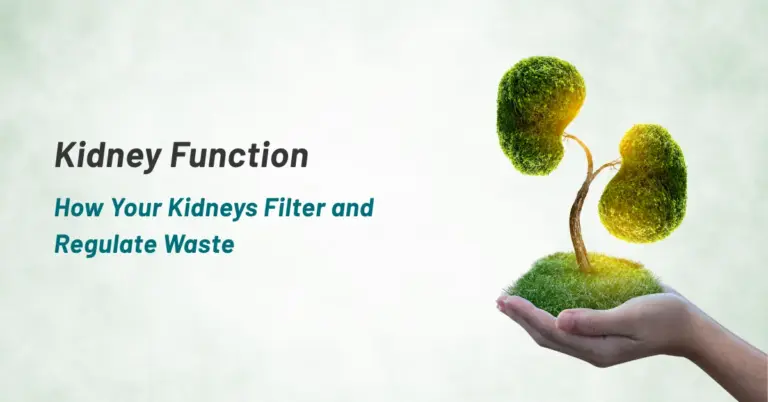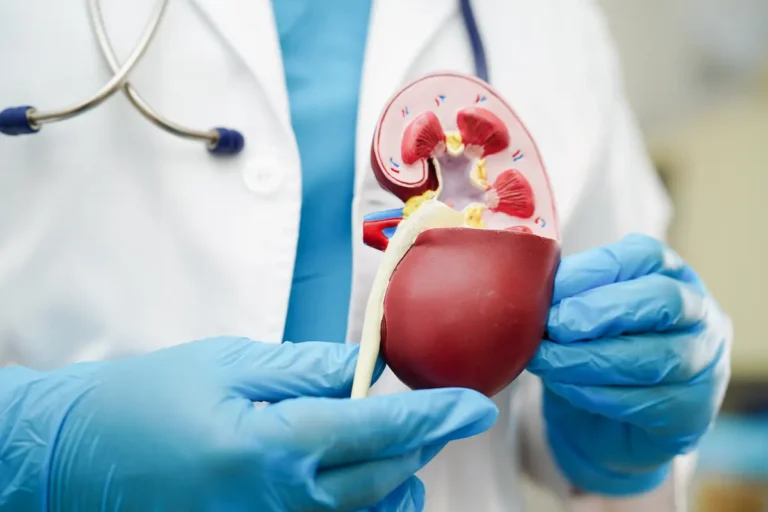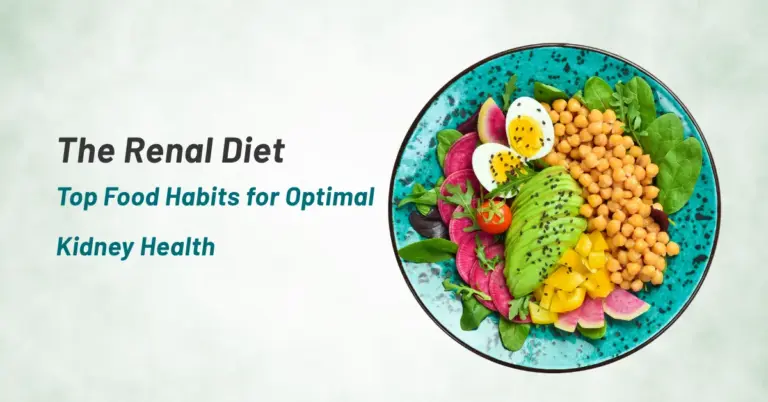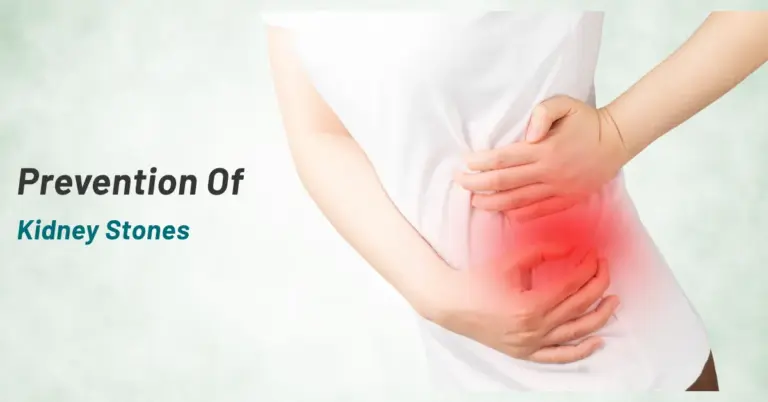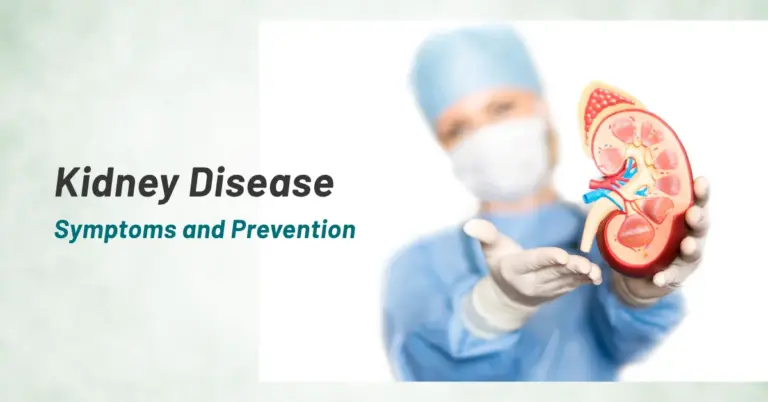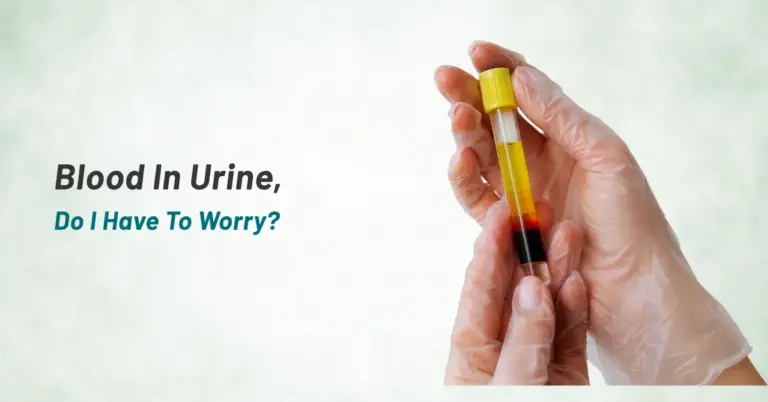Kidney stones have the habit of revealing themselves when you least expect them, means the signs of kidney stone may appear suddenly in the form of severe pain. Thanks to recent laser technology these kidney stones which may be located in the kidneys, the urinary bladder or kidney tubes (ureter) can be removed without any invasive surgery.
It is observed that usually men in the age group of 30-60 get affected by kidney stone due to various reasons. Kidney stones are formed when substances like calcium, ammonia, uric acid and other natural substances get deposited in the kidney and related organs over a period of time. Usually small deposits of these substances pass out of the body through urine the larger deposits or larger stones cause serious blockages and severe pain. These large stones need to be broken down at the hospital.
Laser technology for treating kidney stones has been in existence for quite some time but the new laser technology allows a fine flexible wire (0.2 millimeters) which is introduced through the urethra of the patient to reach the exact location of the stone whether it is in the kidney, urinary bladder or kidney tube and deliver the laser pulses. The laser delivers short pulses of infrared light that is capable of breaking down the kidney stone, whatever its size and these fragments get flushed out along with the urine. Being a non-invasive surgery the patient recovers in no time and without any complication.
The Laser Procedure
The laser procedure is known as laser lithotripsy. There is a tiny camera that is used to guide the wire to the kidney stone. Then intense pulses of laser lasting 0.0003 seconds breaks down the kidney stone. The procedure lasts for 10 minutes to 1 hour depending on the location and size of the kidney stone. Unlike the laser technology in existence the new laser technology allows the laser beam to reach and pinpoint on the kidney stone before breaking it, which means it does no damage to the surrounding tissues.
The Follow Up
The flushed out stones are analyzed and then the doctors advise on lifestyle changes and diet for the patients that will finally prevent the reoccurrence of the kidney stone. The simplest way of avoiding kidney stones is by drinking lots of non-alcoholic drinks and there is nothing to beat water among these. Based on the cause of the kidney stone some changes in food habits will be required and if followed will help avoid the complications and highly painful experience of kidney stones.

